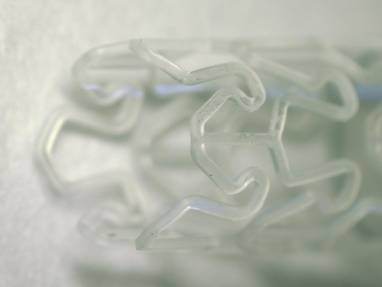SLV – Schweißtechnische Lehr- und Versuchsanstalten



TheraNova: New types of transcatheter therapies - Innovative technologies, materials and processes

The scientific objectives of the joint project entitled "TheraNova" are technological, material and process developments as a basis for new types of transcatheter therapy forms. In this respect, concrete applications (such as absorbable and pharmaceutical-releasing stents, permanent vascular stent platforms and multimode stents) as well as stent structures for percutaneous cardiac valve prostheses are to be followed up within the joint project.
In this case, the aim of the subproject of SLV Mecklenburg-Vorpommern GmbH is to develop a process for the integration of ultrashort-pulse lasers with pulses in the picosecond range into the manufacture of stents on the basis of new types of high-performance materials and biodegradable alloys and polymers, with the aim of the far-reaching substitution of the classic manufacturing processes as well as of the surface remachining required as a result of these.
The portrayed problematical situation for this project results in several overall aims for SLV M‑V GmbH. In the expectation of the specific advantages, investigations are thus to be conducted, for example, into the process technology prerequisites for the far-reaching substitution of the classic manufacture of conventionally uncoated metal stents, absorbable metal stents and polymer stents by utilising ps laser pulses. In this respect, a higher process speed by reducing or eliminating individual remachining steps, a substantial decrease in the heat-affected zone due to cold removal and thus an increase in the cutting accuracy, the possibilities of finer structures and thus of new designs as well as good process integration and automation capability are regarded as specific advantages. Particularly the cold removal with very small heat-affected zones permits the good processing of thermally sensitive stent materials. On Fig. 1, this can be recognised on the basis of a polymer stent section.
